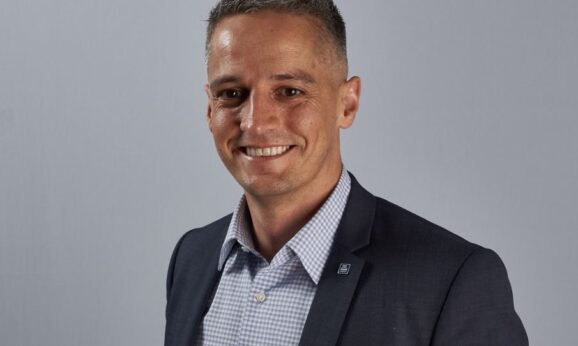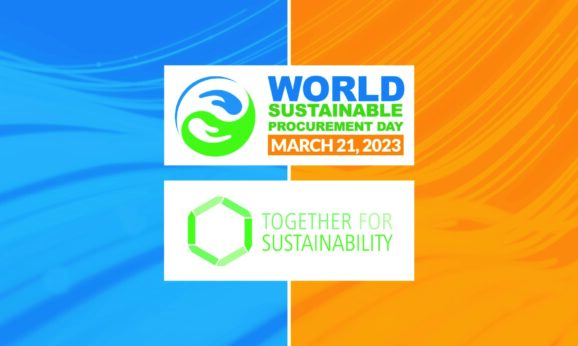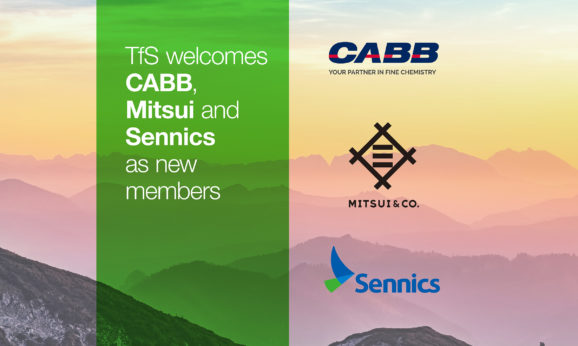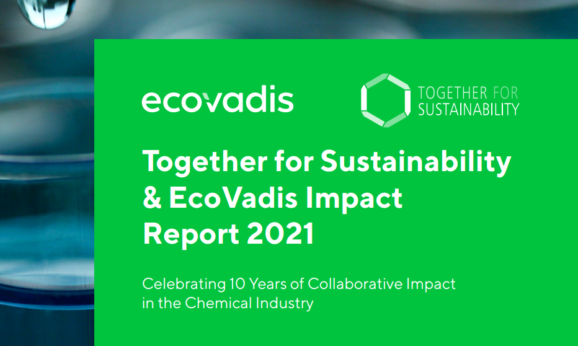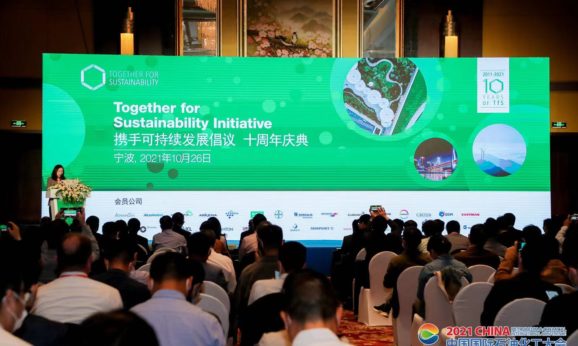TfS develops global scope 3 GHG emissions PCF calculation and sharing solution
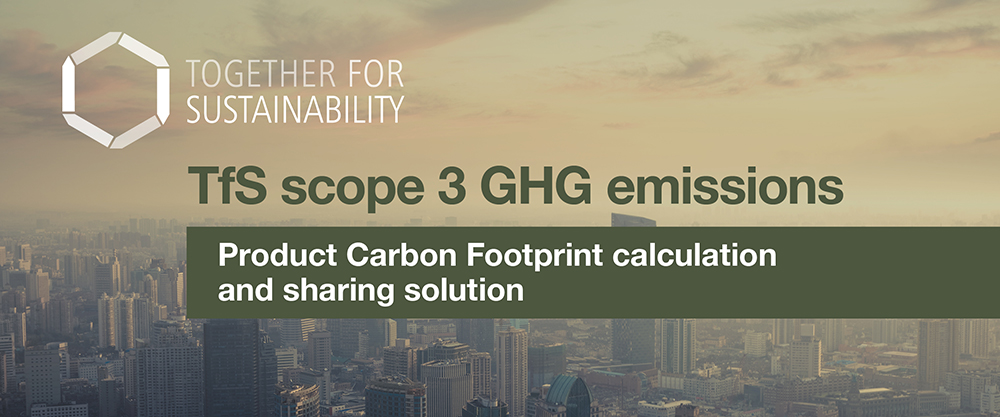
TfS with its 34 member companies is working on a solution for scope 3 GHG emissions Product Carbon Footprint calculation and sharing. This will create transparency in the chemical industry to enable effective reduction management.
Background
Many companies currently estimate greenhouse gas (GHG) emissions of their purchased goods on the basis of global emission factors or generic information. To actually monitor reduction efforts for such “purchased emissions”, emission data on product- and supplier-level are required, so-called Product Carbon Footprints (PCF). There is currently no harmonized and specific approach amongst companies how to calculate PCF, and the limited available data shared is often not directly comparable. Many industries are facing the same challenges and founded several initiatives to develop applicable solutions.
Solution put forward by TfS
TfS takes the lead for the chemical industry and wants to establish a drop-in solution for chemicals to other initiatives as well.
TfS with its Workstream 5 started to
- develop a guideline to measure GHG emissions data
- design a data collection & sharing approach
- engage with suppliers to improve
- and co-operate with external stakeholders.
A stepwise approach
Guideline for the chemical industry
- TfS will develop a sectoral guideline for the chemical industry how to calculate Product Carbon Footprints (PCF) of products.
- Based on this, suppliers can provide to TfS members PCFs. TFS members can in turn use those PCFs for the calculation of their individual greenhouse gas (GHG)-upstream emissions (scope 3-upstream).
- The guideline will pragmatically build on existing standards and provide additional guidance for specific accounting issues.
- To be “audit-ready”, the guideline will be ISO-compliant, reviewed by the ‘GHG Protocol’, and aligned with audit companies.
Global ambition
-
- TfS will partner with major non-governmental organizations (NGOs) and other relevant partners, such as the World Business Council for Sustainable Development (WBCSD), the GHG Protocol, the Science-based Targets initiative, etc.
- The guideline shall be a ‘drop-in’ for WBCSD’s ‘SOS 1.5°C’, the automotive-initiative ‘Catena-X’, and other initiatives.
Focus on PCF data
- Requesting and sharing PCFs for products is the target state, as PCFs provide the best emissions transparency
- For a limited time period (one year), suppliers are allowed to provide alternative information; as of the second-year cradle-to-gate PCFs are expected
Timeline









